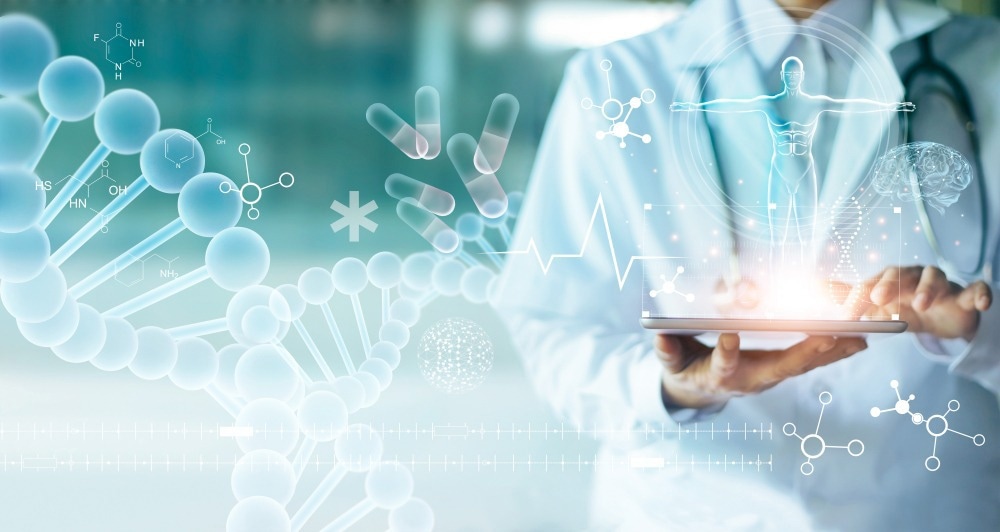One of the most practical and cost-effective techniques used in C-H oxyfunctionalization is direct selective hydroxylation, which is widely used in medicine, the chemical industry, and materials research.

Image Credit: PopTika/Shutterstock.com
However, accessing various hydroxylation products from a given substrate with multiple reaction sites of sp3 and sp2 C-H bonds remains difficult.
A research team led by Prof. Zhiqi Cong from the Chinese Academy of Sciences’ Qingdao Institute of Bioenergy and Bioprocess Technology (QIBEBT) recently created a synergistic approach that combines protein engineering and exogenous molecules to obtain multi-site highly regio- and enantioselective hydroxylation of alkylbenzenes.
On November 23rd, 2022, the research was published in Angewandte Chemie International Edition.
P450BM3 mutants and dual-functional small molecules (DFSM) were obtained in various combinations by scientists. They achieved superior regio- and enantioselectivity, high total turnover rates, and access to more than half of the hydroxylated products from each substrate using these particular combinations, outperforming any previously reported natural or artificial P450 monooxygenases.
The synergistic catalysis induced by the bound DFSMs was key to generating peroxygenase activity, product diversity, and selectivity.
Zhiqi Cong, Study Corresponding Author and Professor, Qingdao Institute of Bioenergy and Bioprocess Technology, Chinese Academy of Sciences
Crystal structure analysis, molecular dynamic simulations, and theoretical calculations revealed direct evidence of synergistic effects between the engineered P450 variants and DFSMs during alkylbenzene hydroxylation, supporting the presence of precisely controlled regio- and enantioselectivity at multiple sites.
These findings not only demonstrate the power of synergistic use of engineered P450 enzymes and DFSMs to achieve regiodivergent and enantioselective hydroxylation of alkylbenzenes, but also highlight the potential of exogenous molecules in modulating enzymatic catalysis for biochemical transformations.
Zhiqi Cong, Study Corresponding Author and Professor, Qingdao Institute of Bioenergy and Bioprocess Technology, Chinese Academy of Sciences
Journal Reference
Chen, J., et al. (2022) Regiodivergent and Enantioselective Hydroxylation of C−H bonds by Synergistic Use of Protein Engineering and Exogenous Dual-Functional Small Molecules. Angewandte Chemie International Edition. doi.org/10.1002/anie.202215088.